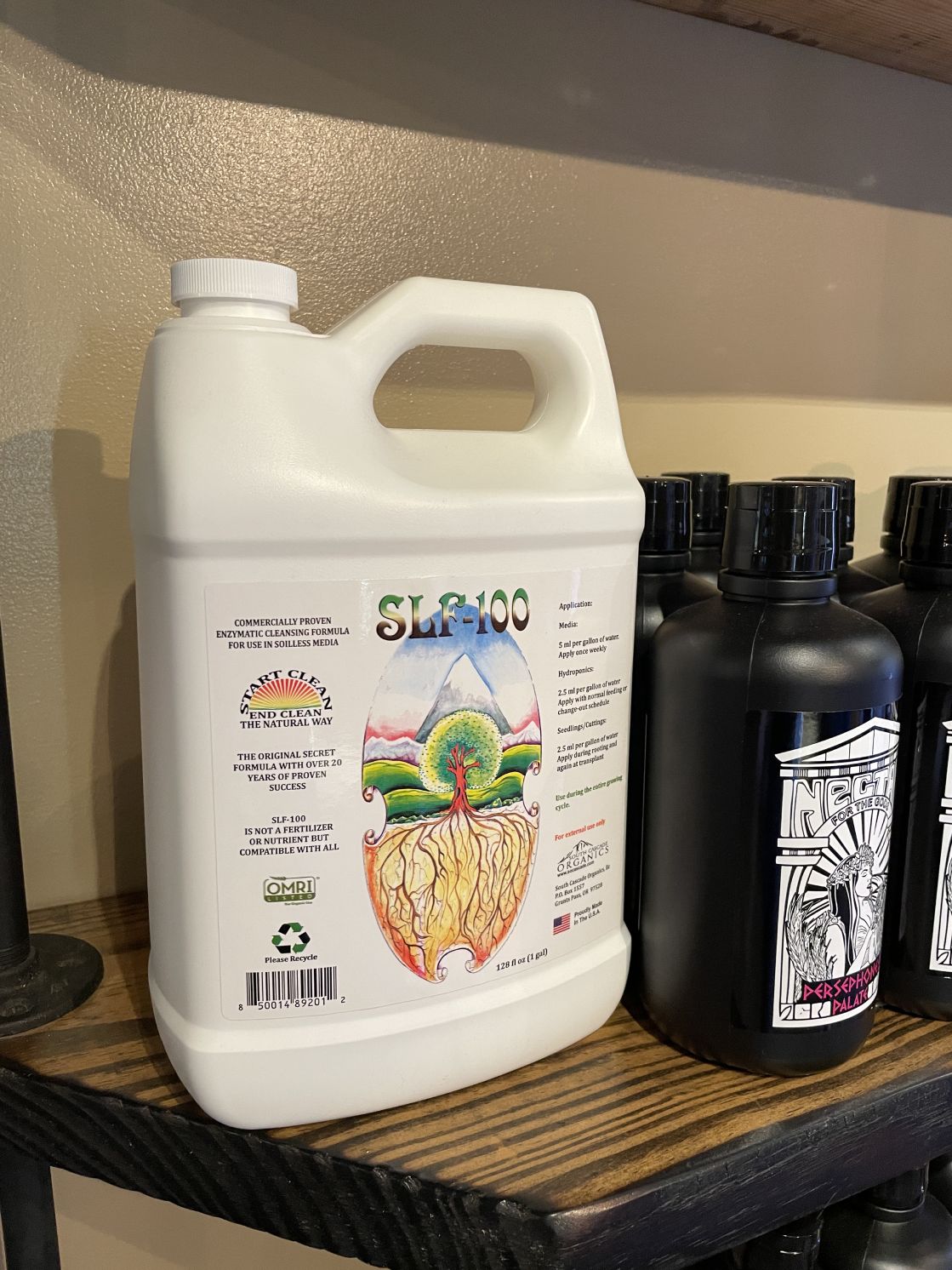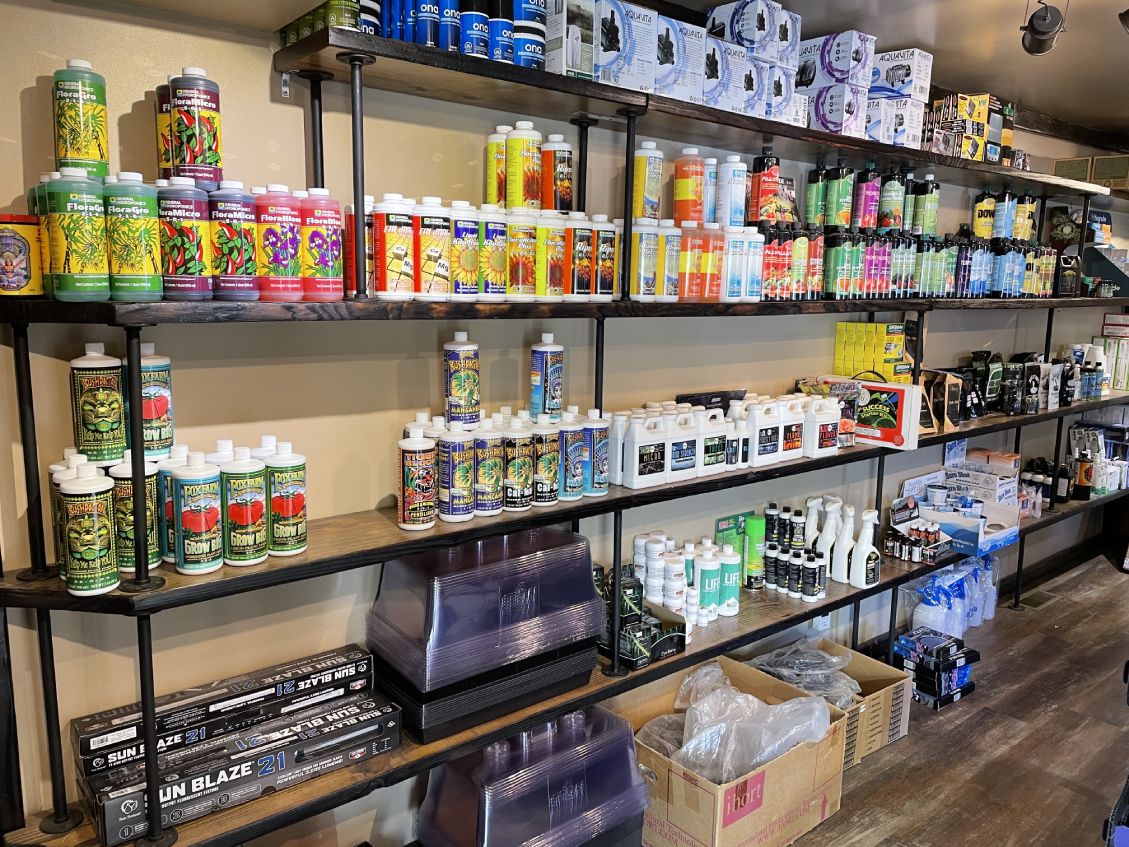The Indoor Earthworm Process: Your Secret to Flourishing Plants Through Growing
Wiki Article
Opening the Potential of Hydroponics: Understanding Its Utilizes and Various Types
Hydroponics, a method of growing plants without dirt, has garnered raising interest for its potential to transform farming and gardening techniques. As we navigate via the complex landscape of hydroponic systems and strategies, it becomes apparent that each strategy holds distinct benefits and restrictions.Benefits of Hydroponic Systems

Another advantage of hydroponic systems is the capability to expand plants in a smaller room. Hydroponic systems lower the threat of soil-borne illness and insects, as there is no soil to nurture these dangers.
Typical Utilizes in Agriculture

Provided the efficient water preservation and space-saving benefits of hydroponic systems, it is obvious that these ingenious agricultural approaches have actually found typical uses in different sectors of agriculture. The regulated environment of hydroponic systems allows year-round growing, offering a regular supply of fresh produce no matter of external climate problems.
Hydroponics is commonly utilized for growing a range of plants, including leafy environment-friendlies, tomatoes, cucumbers, peppers, herbs, and strawberries. Its flexibility extends to upright farming, urban agriculture, and greenhouse manufacturing. Furthermore, hydroponic systems are used in study and instructional setups to examine plant nutrition, cultivation, and development strategies. The adaptability and efficiency of hydroponics make it a useful tool in contemporary farming, dealing with the difficulties of sustainability, food security, and resource optimization.
Discovering Different Hydroponic Techniques
Hydroponic systems provide an array of methods that provide to various plant types and growing objectives. In addition, the Ebb and Circulation system, also understood as the Flooding and Drain system, intermittently floodings the plant roots with nutrient option, enabling for oxygenation throughout draining durations. Each of these strategies showcases the versatility and efficiency of hydroponic systems in improving plant development and return.Contrasting Various Hydroponic Equipments
Exploring the effectiveness and return improvement methods in hydroponics leads us to compare numerous hydroponic systems offered for plant cultivation. Each hydroponic system has its distinct functions, advantages, and limitations, making it critical for farmers to select the most appropriate system based upon their specific needs and restrictions.Among one of the most typical hydroponic systems is the nutrient film strategy (NFT), where a thin movie of nutrient remedy continuously flows over the plant roots. This system is treasured for its water effectiveness and viability for expanding leafed greens and natural herbs. On the other hand, the deep water society (DWC) system submerges plant origins straight into the nutrient service, offering ample oxygen and nutrients. The DWC system is relatively basic and cost-efficient, making it a prominent choice for newbies.
Another preferred hydroponic system is the ebb and circulation (or flood and drainpipe) system, which periodically floods the plant origins with nutrient service before draining it. By recognizing the distinctions between these hydroponic systems, farmers can make educated decisions to take full advantage of plant return and quality.
Advancements in Hydroponic Innovation
One key development is the growth of clever hydroponic systems that use sensing units and automation to keep track of and change environmental problems such as pH levels, nutrient concentrations, and light exposure in real-time. These systems enable exact control over growing conditions, leading to optimal plant development and higher plant yields.Another remarkable innovation is the integration of upright farming techniques with hydroponic systems, permitting for the growing of plants in stacked layers. This upright technique takes full advantage of room application, making it excellent for metropolitan settings where land schedule is restricted - The Indoor Earthworm. Additionally, using sophisticated LED illumination systems tailored to particular plant needs has actually improved power efficiency and enhanced development rates in hydroponic configurations
Technologies like these are driving the evolution of hydroponics, making it a sustainable and very eye-catching alternative for modern agriculture.
Verdict
In final thought, hydroponics uses countless advantages in agriculture and has numerous methods and systems that can be utilized to maximize its capacity. Innovations in hydroponic innovation continue to improve performance and sustainability in food manufacturing. By recognizing the uses and various kinds of hydroponic systems, growers and farmers can open the review full capacity of this ingenious approach of expanding plants without dirt.Furthermore, hydroponic systems allow for much better control over nutrient levels, pH balance, and environmental conditions, leading to much healthier plants and higher yields.

Report this wiki page